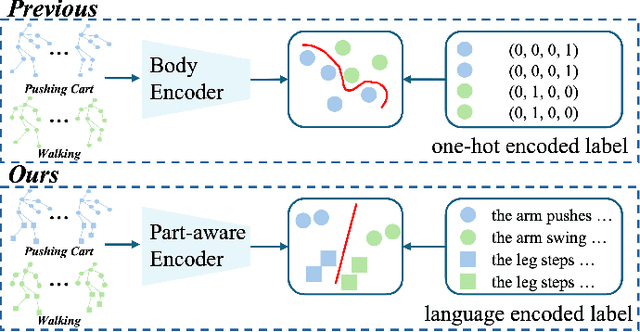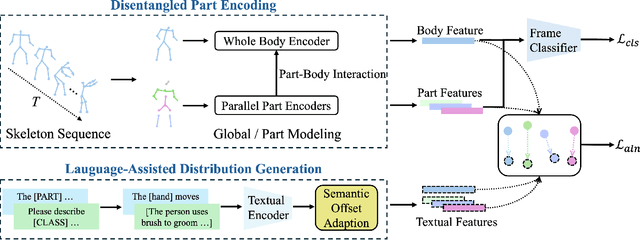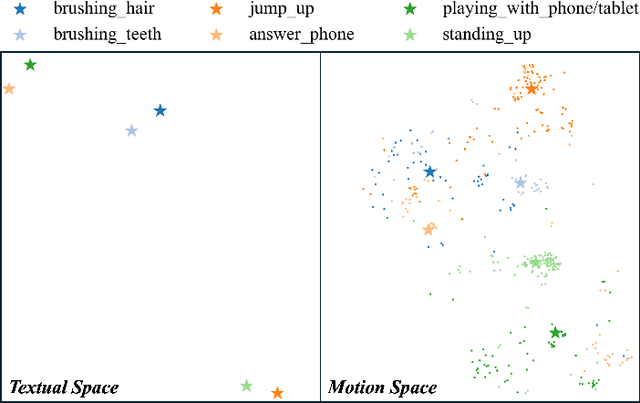Haoyu Ji
Distinct hydrologic response patterns and trends worldwide revealed by physics-embedded learning
Apr 14, 2025Abstract:To track rapid changes within our water sector, Global Water Models (GWMs) need to realistically represent hydrologic systems' response patterns - such as baseflow fraction - but are hindered by their limited ability to learn from data. Here we introduce a high-resolution physics-embedded big-data-trained model as a breakthrough in reliably capturing characteristic hydrologic response patterns ('signatures') and their shifts. By realistically representing the long-term water balance, the model revealed widespread shifts - up to ~20% over 20 years - in fundamental green-blue-water partitioning and baseflow ratios worldwide. Shifts in these response patterns, previously considered static, contributed to increasing flood risks in northern mid-latitudes, heightening water supply stresses in southern subtropical regions, and declining freshwater inputs to many European estuaries, all with ecological implications. With more accurate simulations at monthly and daily scales than current operational systems, this next-generation model resolves large, nonlinear seasonal runoff responses to rainfall ('elasticity') and streamflow flashiness in semi-arid and arid regions. These metrics highlight regions with management challenges due to large water supply variability and high climate sensitivity, but also provide tools to forecast seasonal water availability. This capability newly enables global-scale models to deliver reliable and locally relevant insights for water management.
Text-Derived Relational Graph-Enhanced Network for Skeleton-Based Action Segmentation
Mar 19, 2025Abstract:Skeleton-based Temporal Action Segmentation (STAS) aims to segment and recognize various actions from long, untrimmed sequences of human skeletal movements. Current STAS methods typically employ spatio-temporal modeling to establish dependencies among joints as well as frames, and utilize one-hot encoding with cross-entropy loss for frame-wise classification supervision. However, these methods overlook the intrinsic correlations among joints and actions within skeletal features, leading to a limited understanding of human movements. To address this, we propose a Text-Derived Relational Graph-Enhanced Network (TRG-Net) that leverages prior graphs generated by Large Language Models (LLM) to enhance both modeling and supervision. For modeling, the Dynamic Spatio-Temporal Fusion Modeling (DSFM) method incorporates Text-Derived Joint Graphs (TJG) with channel- and frame-level dynamic adaptation to effectively model spatial relations, while integrating spatio-temporal core features during temporal modeling. For supervision, the Absolute-Relative Inter-Class Supervision (ARIS) method employs contrastive learning between action features and text embeddings to regularize the absolute class distributions, and utilizes Text-Derived Action Graphs (TAG) to capture the relative inter-class relationships among action features. Additionally, we propose a Spatial-Aware Enhancement Processing (SAEP) method, which incorporates random joint occlusion and axial rotation to enhance spatial generalization. Performance evaluations on four public datasets demonstrate that TRG-Net achieves state-of-the-art results.
Language-Assisted Human Part Motion Learning for Skeleton-Based Temporal Action Segmentation
Oct 08, 2024



Abstract:Skeleton-based Temporal Action Segmentation involves the dense action classification of variable-length skeleton sequences. Current approaches primarily apply graph-based networks to extract framewise, whole-body-level motion representations, and use one-hot encoded labels for model optimization. However, whole-body motion representations do not capture fine-grained part-level motion representations and the one-hot encoded labels neglect the intrinsic semantic relationships within the language-based action definitions. To address these limitations, we propose a novel method named Language-assisted Human Part Motion Representation Learning (LPL), which contains a Disentangled Part Motion Encoder (DPE) to extract dual-level (i.e., part and whole-body) motion representations and a Language-assisted Distribution Alignment (LDA) strategy for optimizing spatial relations within representations. Specifically, after part-aware skeleton encoding via DPE, LDA generates dual-level action descriptions to construct a textual embedding space with the help of a large-scale language model. Then, LDA motivates the alignment of the embedding space between text descriptions and motions. This alignment allows LDA not only to enhance intra-class compactness but also to transfer the language-encoded semantic correlations among actions to skeleton-based motion learning. Moreover, we propose a simple yet efficient Semantic Offset Adapter to smooth the cross-domain misalignment. Our experiments indicate that LPL achieves state-of-the-art performance across various datasets (e.g., +4.4\% Accuracy, +5.6\% F1 on the PKU-MMD dataset). Moreover, LDA is compatible with existing methods and improves their performance (e.g., +4.8\% Accuracy, +4.3\% F1 on the LARa dataset) without additional inference costs.
 Add to Chrome
Add to Chrome Add to Firefox
Add to Firefox Add to Edge
Add to Edge